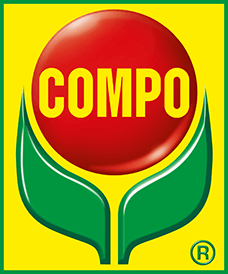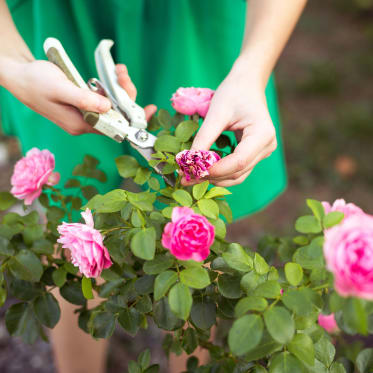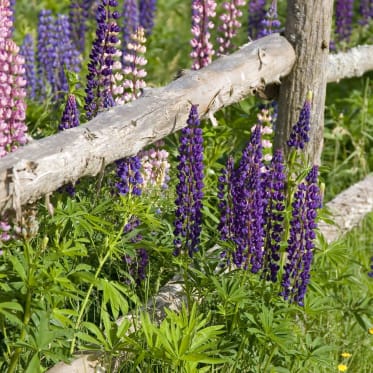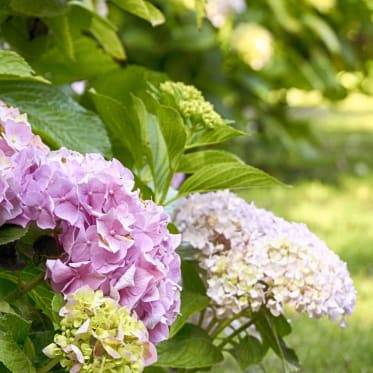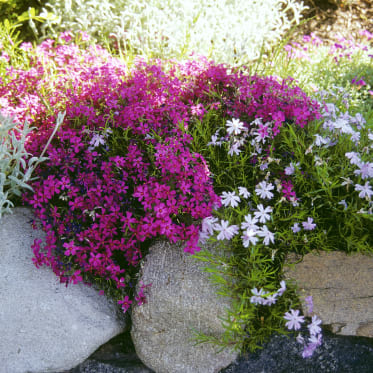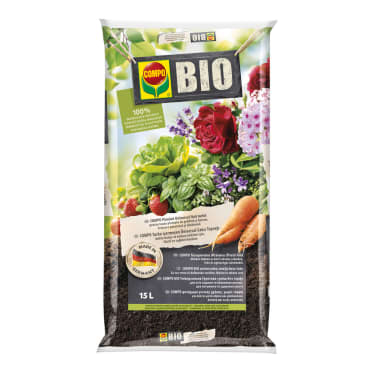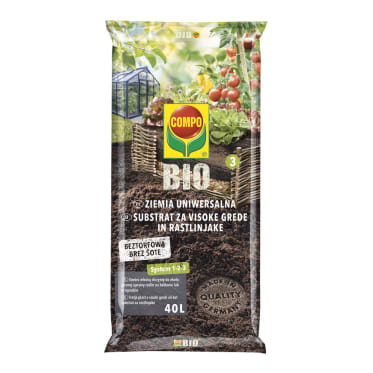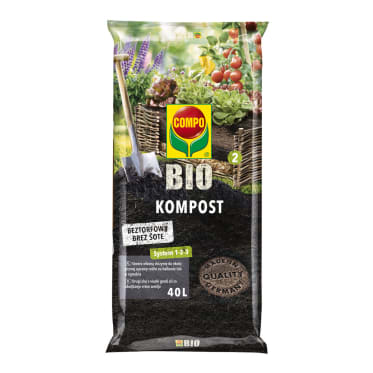Frequent search terms

- COMPO
- Guide
- Plant Care
- Basics
- Organic gardening
- Colourful flowers for bees and butterflies
Plants you can use to protect bees and butterflies
It is becoming increasingly difficult for butterflies, bees, bumble bees and the like to survive in nature because they can't find enough food. Honey bees and their wild relatives in particular play an important role in it: By pollinating, they help flora survive, safeguard harvests and ensure that numerous creatures that depend on meadows, bushes and trees can continue to find a home. By choosing the right plants, you can create important habitats for these animals in your garden. We show you how you can transform your garden into a thriving oasis for insects.

Flowers with lots of nectar as a food source
Roses, dahlias and perennials may be popular, but these plants offer insects little to no nutrition. The reason? Plants with so-called double flowers have a variety of petals in the centre of the flower, usually as a result of breeding. The stamens which pollinating insects need to reach are either difficult to access or do not exist at all. So, make sure that at least some of your plants have simple single flowers. Different plants are worth considering depending on the season. In the spring, you can help out beneficial insects with pasture, Christmas roses and fruit trees such as apple, pear and cherry. The animals also like winter aconites and wild roses such as the dog or Japanese rose. In the summer, perennials such as coneflower, purple coneflower, Helen's flower, lavender, summer lilac and butterfly bush offer plentiful nutrition. You should include orpine, autumn asters, calamint and goldenrods for the autumn.
When choosing plants, remember that caterpillars also need food, in addition to butterflies. Don't worry: The animals will definitely not gobble up everything. Instead focus on providing a caterpillar buffet. A corner that is not too small with nettles is ideal for attracting butterflies like the small tortoiseshell, admiral and the peacock butterfly. With umbellifers like fennel you can give the attractive and tall common yellow swallowtail an opportunity for its specialised caterpillars. Fennel flowers are also a true insect magnet.
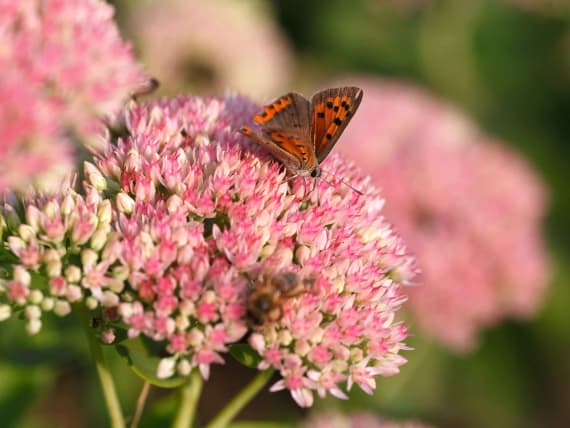
What else you can do for insects
Bee trough: Provide insects with enough water
Bees also get thirsty on hot summer days! Set out a flat dish with water close to forage crops or, if you have one, close to a beehive. Gravel and small stones act as take-off and landing sites for bees. Don't forget to regularly re-fill it with fresh water.
Insect hotel: Offer bees a place to stay
Wild bees are just as busy with pollinating flowers as honey bees. You need suitable breeding holes so that the wild bees (none of them sting) can produce offspring. You can provide these by simply drilling holes of different sizes into thick branches and logs and positioning these in a sunny spot in your garden. Holes in perforated bricks, bundled straw and much more are also well suited.
You might also be interested in these topics
Experience the power of nature
Organic COMPO products for your garden
